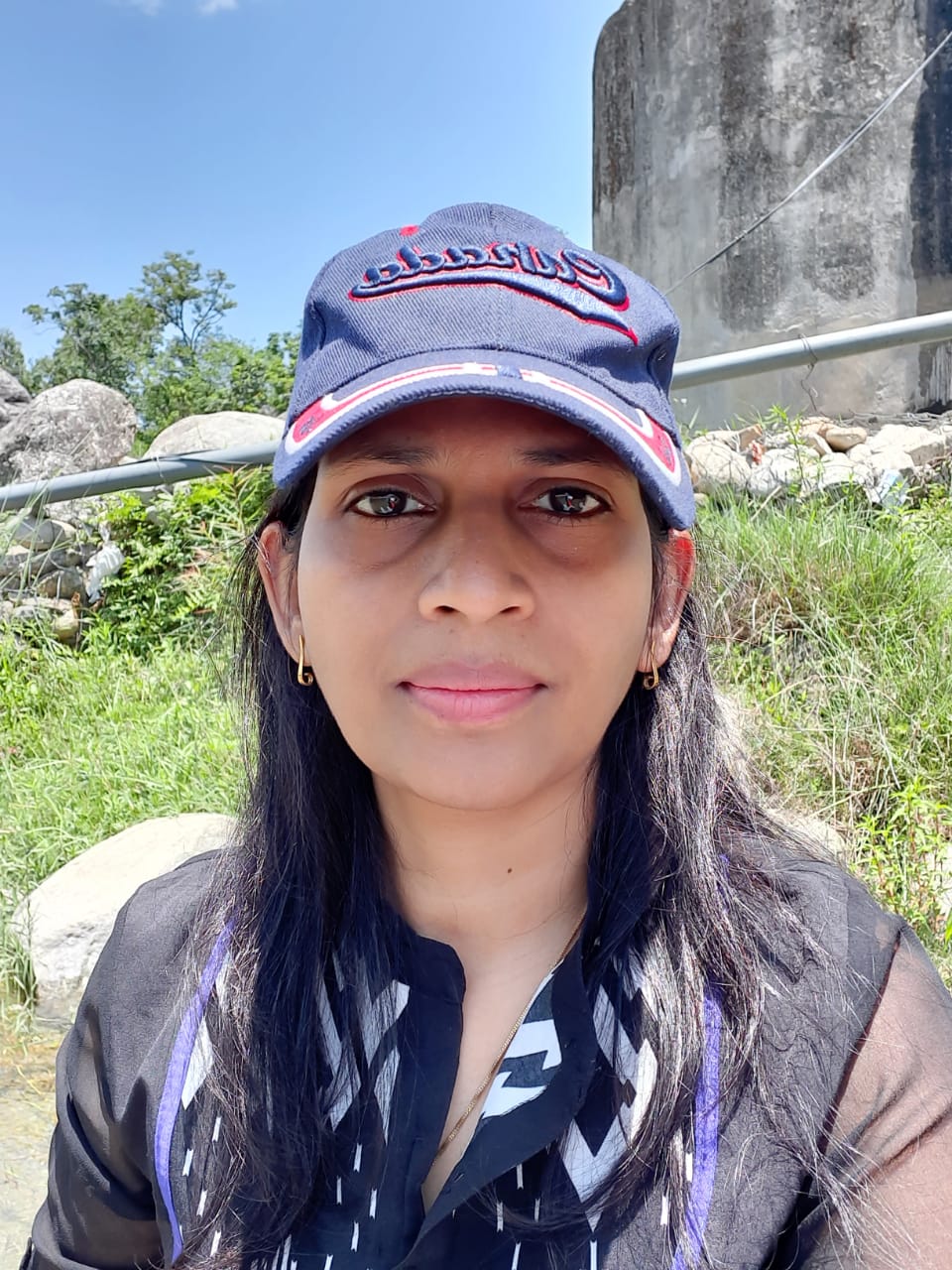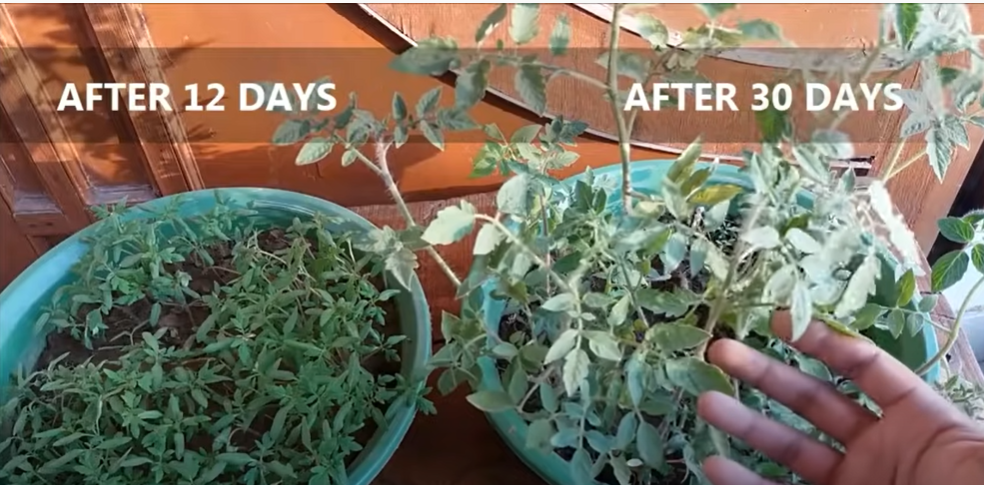Gardening for beginners.
Blog
by Divya Thakur

Many of us are very enthusiastic about gardening. But we do not know how to start it or from where to start. So, I have come up with series of blogs to tell you about gardening tips. These write ups are about simple plants that you can grow on your own. Vegetables that can be grown from your grocery, Plants that can be grown from cuttings, spices that you always have in your kitchen. You do not have to go and buy seeds; all you need is the SOIL.
The right soil for plants is loamy soil which is a mixture of sand, clay, and silt. The estimated mixture is 40% sand and 40% silt and 20 % clay. Loam is the right mixture of all these three, that not only holds nutrients well and retains water but also drains properly and allows oxygen to penetrate.
Now most people don't have soil they want, but they can make improvements in it. Many homemakers complain of dense clay soil that is difficult to work with or very dry soil that has been deficient of nutrients. A layer of top soil can be brought in for new construction homes. So its always better to purchase the soil from a nearby nursery, as they have the right soil you need for your house.
The second thing to the planter is that, It is always better to use old pots, buckets, or anything but most importantly, it should have a good drainage system. For this one must make holes in the base of the planter. it allows excess water to pass off from the planter as excess water may harm the roots of plant. Clay pots are always a better choice as they provide a healthy environment for most plants. The soaking nature of clay allows air and moisture to penetrate the sides of the pot. Other gardeners who wait for the lifeless hint from their plants are better off with plastic. Plants which demand a well-drained, dry soil like cactus also prefer clay pots.
Adding water to plants: Every plant requirements are different esp. when we talk about indoor plants, as they need less water due to less exposure of sun/ evaporation. Else, for any plant, keep adding water till you see water coming out from drainage holes. Otherwise only top plant will get water and underneath roots will remain water-less. You need to understand when to water a plant. Generally it?s visible or you can touch the soil, if soil is not sticking on fingers, plants can be watered.
Apart from sunlight, temperature, right pot and waters, as a beginner one must start by choosing easy vegetables that are also productive. Let's try with tomatoes first.
Plant seeds roughly 3 times as deep as the diameter of the seed, unless otherwise directed on the package. Some seeds require light for germination. The Tomato seeds should germinate in 10 to 14 days. Cooler temperatures will result in longer germination time and warmer temperature level will make the Tomato seeds germinate faster. Once the seeds have germinated, you can take the Tomato seedlings off the heat source, but they should still be kept somewhere warm.

More articles from same author:
More articles:
Recent lost & found:
Login for enhanced experience
 Create and manage your profile
Create and manage your profile
 Refer an author and get bonus Learn more
Refer an author and get bonus Learn more
 Publish any lost and found belongings
Publish any lost and found belongings
 Connect with the authors & add your review comments
Connect with the authors & add your review comments
 Join us for Free to advertise for your business or
Contact-us for more details
Join us for Free to advertise for your business or
Contact-us for more details
 Join us for Free to publish your own blogs, articles or tutorials and get your
Benefits
Join us for Free to publish your own blogs, articles or tutorials and get your
Benefits
Discover your area of interest
Advertisement
Art & entertainment
Astrology & spirituality
Cooking
Culture
Current affairs
Education
Fashion
History
Hotel management
Industry
Medical & fitness
Motivational
Politics
Real life stories
Sports
Story & poetry
Technology
Top in search
Tourism
More recent categories
Gold for sale(Public)
By: Tole
Gold Nuggets(Public)
By: Tole
Rough Diamonds(Public)
By: Tole
Uncut diamonds(Public)
By: Tole
fashion(Public)
By: Exact
Healthcare BPO Solutions(Public)
By: Gavin
Buy Gold Nuggets in Cameroon(Public)
By: nkongsamba
Gold for sale in Cameroon(Public)
By: nkongsamba
Rough Diamonds in Asia(Public)
By: nkongsamba
Others(Public)
By: Gavin

 4 likes
4 likes


